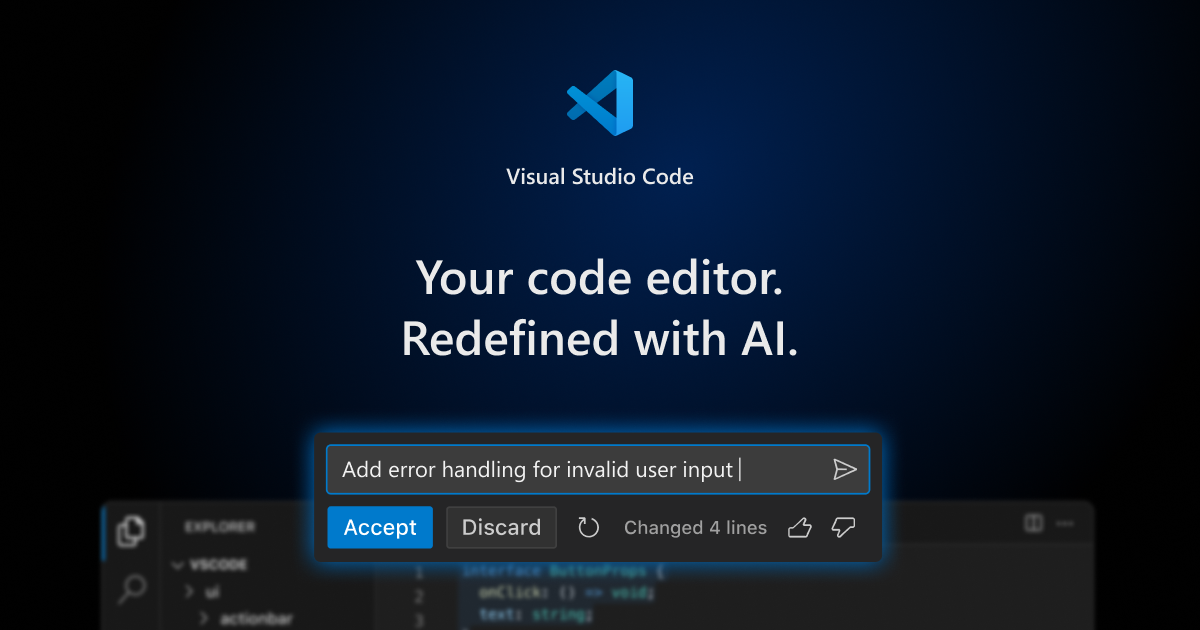

The Windows Subsystem for Linux (WSL) allows users to build, manage and execute Nextflow pipelines on a Windows 10 laptop or desktop without needing a separate Linux machine or cloud VM. Fortunately, there is now an easier way to deploy a complete Nextflow development environment on Windows. Users would need to run virtual machines, access separate physical servers or cloud instances, or install packages such as Cygwin or Wubi. Now that VS Code is installed on your Ubuntu system you can launch it either from the command line by typing code or by clicking on the VS Code icon ( Activities -> Visual Studio Code).For Windows users, getting access to a Linux-based Nextflow development and runtime environment used to be hard. Visual Studio Code has been installed on your Ubuntu desktop and you can start using it. , install the latest version of Visual Studio Code with: sudo apt update sudo apt install code Next, import the Microsoft GPG key using the following wget commandĪnd enable the Visual Studio Code repository by typing: sudo add-apt-repository "deb stable main" To install Visual Studio Code on your Ubuntu system, follow these steps: Advertisementįirst, update the packages index and install the dependencies by typing: sudo apt update sudo apt install gnupg2 software-properties-common apt-transport-https wget Installing Visual Studio Code on Ubuntu #

Prerequisites #īefore continuing with this tutorial, make sure you are logged in as a user with sudo privileges The easiest and recommended way to install Visual Studio Code on Ubuntu machines is to enable the VS Code repository and install the VS Code package through the command line.Īlthough this tutorial is written for Ubuntu 18.04 the same steps can be used for Ubuntu 16.04. It has a built-in debugging support, embedded GitĬontrol, syntax highlighting, code completion, integrated terminal, code refactoring and snippets. Is an open-source cross-platform code editor developed by Microsoft.


 0 kommentar(er)
0 kommentar(er)
